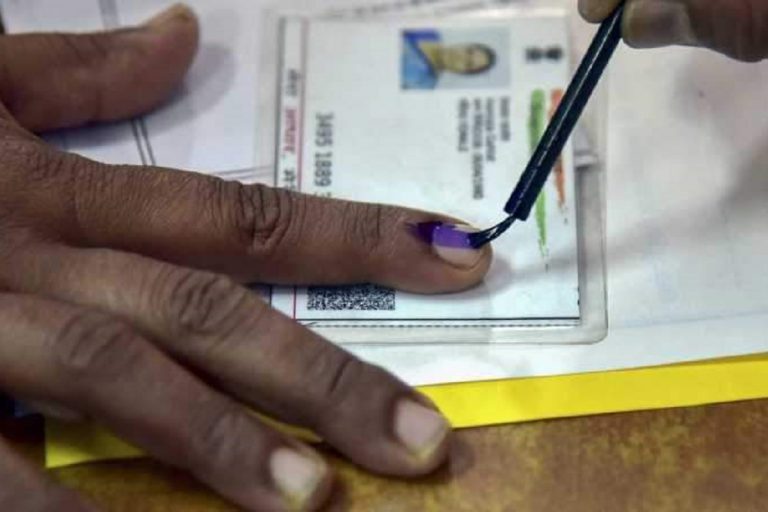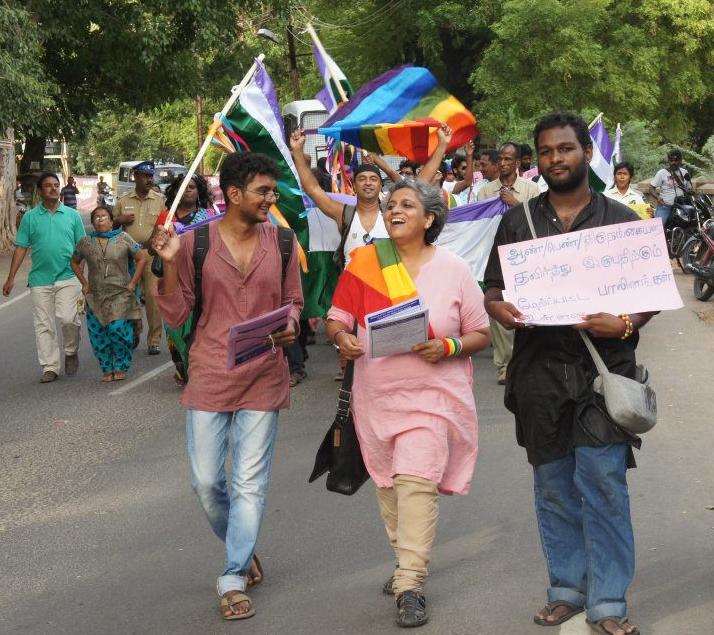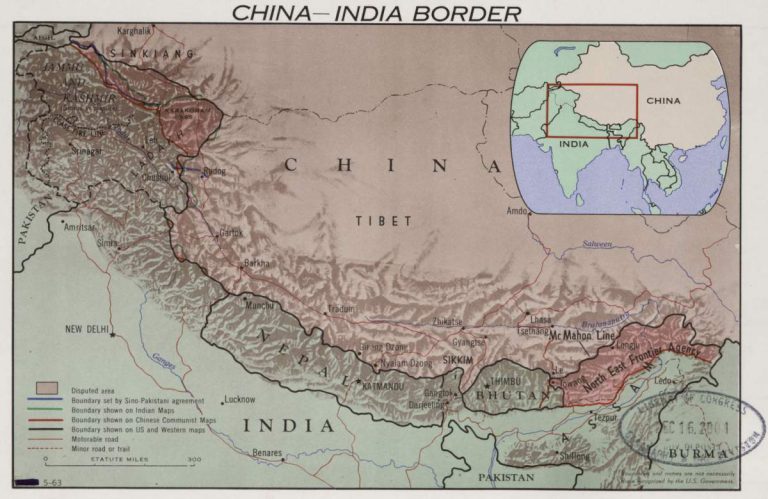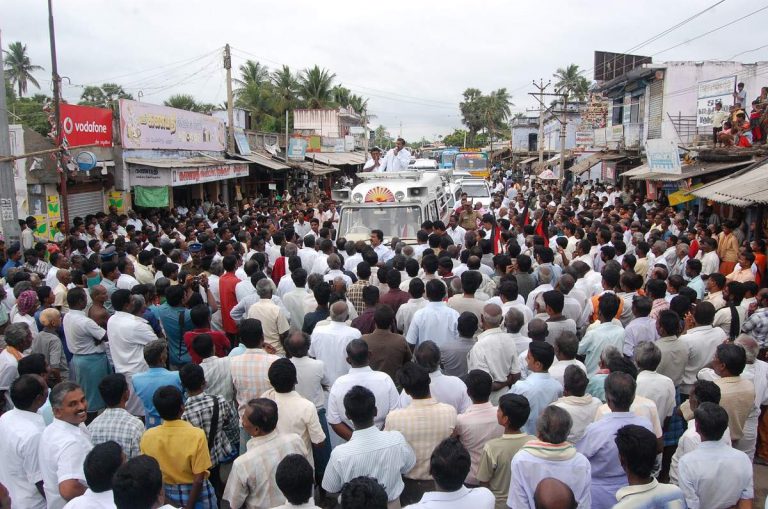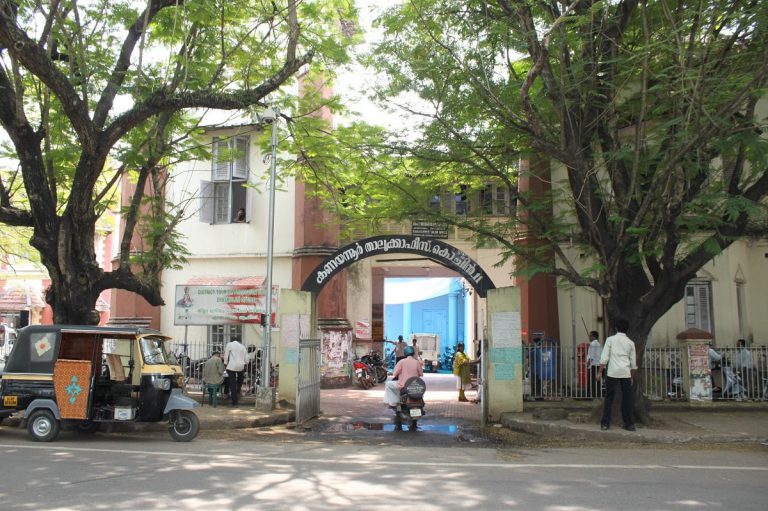Crux of Kerala: Analysing the problems and prospects of the parties involved

Dwaipayan Sinha is pursuing his Master's degree in International Relations from Jadavpur University, Kolkata .He is interested in public policy, political affairs and International Relations.
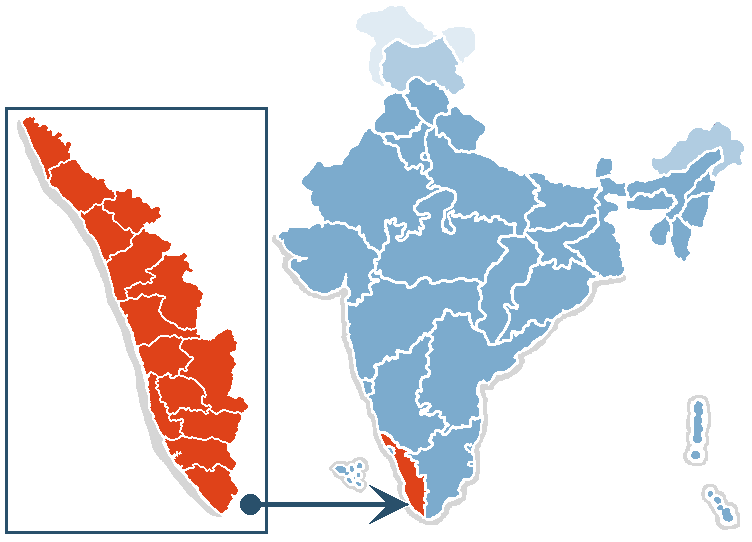
Kerala has the unique distinction of never witnessing the ruling party or coalition winning the people’s mandate for a second successive term in office, except for once in 1977. The state is known for alternating its preferences between the Communist Party of India (Marxist)- led Left Democratic Front (LDF) and the Indian National Congress -led United Democratic Front (UDF) coalitions. The last time when an incumbent government returned to power was when Congress led Front (of which CPI was a part) won the elections held after the Emergency was lifted in 1977. The Kerala Assembly elections will take place on 6th April 2021. There are 140 seats in the legislature and a party needs to get 71 seats to form a government. The elections are scheduled to be announced on 2nd May 2021. The Communist Party of India (Marxist) lead LDF had come to power in 2016 and Pinarayi Vijayan assumed the post of Chief Minister.
STRENGTHS AND WEAKNESSES OF THE LDF
The ruling LDF seems to be confident of returning to power banking on its development initiatives and governance record of the last 5 years which was achieved under difficult circumstances. The ruling party’s campaign slogan “Yes for sure it’s LDF” seems to reflect the belief that they will come back to power. The LDF’s confidence can be attributed to their phenomenal performance in the local body elections held in December 2020. The LDF is leading in nearly 100 assembly segments as per the results of the local body elections. The state government’s credible performance in handling serious challenges like the Ockhi cyclone, two devastating floods that came a year apart and the threat of Nipah and COVID -19 viruses has been rewarded by the people. The government’s welfare measures like providing free food kits which were implemented during the pandemic to bring relief to the distressed people seem to be favoured. The biggest strength of LDF is that it is led by a charismatic statesman like Vijayan who has been successful in keeping the party united and the various factional feuds at bay. He has been at the helm of various developmental and infrastructural initiatives. Development programs like renovation of government school buildings with digital-ready classrooms, providing government hospitals with modern equipments and completing long pending mega infrastructure projects are being highlighted by the present regime. Vijayan is credited with the resurgence of the LDF’s electoral performance in the local body elections after the debacle in the 2019 Lok Sabha elections. LDF is projecting itself as the only alternative to the BJP’s Hindutva communalism which may damage Kerala’s secular fabric. The party accuses the Congress of playing the same communal politics as the Bharatiya Janata Party (BJP). The LDF has welcomed many smaller parties and coalitions into the alliance which have strayed away from the UDF. The LDF is now an 11 party coalition. Two former Congress allies, the Loktantrik Janata Dal (LJD) and the Kerala Congress faction led by Jose K. Mani have joined the LDF which may hurt LDF’s opposition parties severely. LDF is expected to make its presence felt among the Christian population with the entry of Mani.
However, the LDF has faced many challenges. Vijayan has been accused of running an authoritarian regime by some of his party members. Vijayan’s appointment of Gita Gopinath, who is an avowed supporter of neoliberal economic policies, as an economic adviser to the Chief Minister was not taken well by many party members. The office of the CM has come under stress after the former principal secretary of Vijayan was booked by the Enforcement Directorate as a co-conspirator in a gold smuggling case. The party has thus far been unable to effectively counter the accusations. A large section of cadres had been seen holding public protests against some of the party’s nominees for the election. LDF’s less than stellar record in police administration have been constantly highlighted by the opposition parties. The Hindutva elements have been criticising the government for its stance on the Sabarimala issue. Regularisation of temporary staff and the recent deep-sea fishing deals have also been subjected to heavy criticism. LDF is facing strong opposition from certain sections for its failure to sort out the Orthodox-Jacobite issue. The loss of Mani C Kappan to UDF might hurt the LDF in central Travancore. The absence of VS Achuthanandan, who is one of the most popular LDF leaders, can harm the prospects of the LDF.
STRENGTHS AND WEAKNESSES OF THE UDF
The UDF is hoping to consolidate on its spectacular performance in the 2019 Lok Sabha elections where it won 19 out of the 20 seats. The UDF was leading in 123 out of 140 assembly seats in the state as per the 2019 Lok Sabha elections. The nomination of Congress leader Rahul Gandhi from Wayanad, effective campaign management and anti -Narendra Modi sentiment are attributed to the splendid Lok Sabha performance of the UDF. The Christian and Muslim minority communities, who form nearly 45 per cent of the population, have supported the UDF historically. Political observers, however, are sceptical about the impact of an anti-Modi narrative on the local elections. Rahul Gandhi has been campaigning extensively in Kerala which might give UDF an edge. He is reportedly drawing huge crowds in his constituency. His speeches criticising the LDF government are being received with much enthusiasm. Rahul Gandhi’s novel campaign strategies like jumping into the sea with fisherfolk seem to be efforts to make him more endearing to the masses. UDF has brought back former Chief Minister Oommen Chandy to lead the party’s election campaign committee following their disappointing performance in the local body elections. The various factions led by Chandy, Ramesh Chennithala and Mullappally Ramachandran are looking to work together in their efforts to dislodge the LDF government. Congress workers are working effectively at the grassroots level under the combined leadership of these leaders. The re-entry of Indian Union Muslim League (IUML) national general secretary P.K. Kunhalikutty would help the UDF coalition. The UDF’s performance in the Muslim League bastions in Northern Kerala was commendable. However, this performance was also subject to controversy as many Congress and BJP leaders alleged that the Congress had entered into a “secret” deal with the Welfare Party, the political wing of the Muslim organisation Jamaat -e- Islami. Congress has vehemently criticised the LDF on issues like the deep -sea fishing deal signed by the government with the US-based EMCC and the government’s failure to settle the strike by PSC rank holders. The UDF has also criticised the government for the gold smuggling scam, the LIFE scam and nepotism and backdoor appointments. The UDF has opened its doors to leaders like Mani C Kappan from Nationalist Congress Party(NCP), A N Rajan from Janathipathiya Samrakshana Samithy (JSS) and George Thomas from Janata Dal Secular(JDS) which might help them get some crucial seats. The UDF has promised to bring in the NYAY scheme. According to this scheme, poor families will receive Rs 6000 per month.
The UDF has to contend with its own share of challenges. Factionalism and infighting are rampant in the coalition. This led Jose K Mani to leave the alliance and joining the LDF. He is expected to slice away a portion of UDF’s traditional vote base in central Kerala. Several tall leaders like P.C Chako have left the party owing to factionalism. Kerala has seen some conflicts between the two minority groups, the Muslims and the Christians. Both these groups form a major chunk of the UDF’s vote bank and they will be wary of losing either due to such conflicts. The IUML’s opposition to a 10 per cent quota for the economically weaker sections among the forward castes has not gone down well with members of the other communities. The Church views UDF’s return to power sceptically as that means Muslims will get prominent portfolios in the government including education. The Church has stakes in that. It has not taken kindly to the comments of IUML leader Panakkad Sadik Ali Shuhab Thangal where he hailed the reconversion of Istanbul’s Hagia Sophia into a mosque. The image of Kerala Chief Minister as a man of vision has not been dented much even after continued efforts by the UDF. The UDF seems to be losing its prominence in several of its traditional strongholds like the districts of Kottayam, Pathanamthitta and Idukki.
STRENGTHS AND WEAKNESSES OF THE NDA
Even though the BJP state President K Surendran has been harping that the 2021 assembly elections will a direct contest between the CPI(M) and the BJP, few voters actually believe him. The BJP, which has grown to become the most dominant political party in contemporary India, has so far been unsuccessful in making its presence felt in Kerala. BJP has a dedicated cadre base and grassroots level booth workers who are ably supported by the Rashtriya Swayamsevak Sangh(RSS). The recently held ‘Vijay Yatra’ by K Surendran saw considerable attendance. Many central leaders like Narendra Modi and Amit Shah are regularly addressing rallies and are deeply involved in formulating the political strategies in the election in the state. The central government is promising a lot of funds and development projects to the people. Top BJP leaders from Karnataka are also involved in campaign planning. The BJP is trying to increase its presence in the state by sticking to its core Hindutva values. The local leaders have been trying to lure in the two numerically strong Ezhava and Nair communities to vote for them. The BJP has also tried to push the Sabarimala issue in hopes of consolidating the Hindu votes. However, that strategy has not benefited the BJP as the majority of the Hindu votes have gone to the LDF and the UDF. Even the Nair Service Society (NSS), which has contributed Rs 7 lakh for the Ram temple construction in Ayodhya, seems to favour the Congress over the BJP. BJP’s attempts at poaching members from the other parties, a tactic the BJP has used to assume power in several states, has not seen much success here. The party has been actively wooing various Christian leaders who have raised concerns over “love jihad”. Prime Minister Narendra Modi has had consultations with many such Christian leaders. Political analysts believe that the BJP is trying to create a Muslim versus non-Muslim narrative to reap electoral benefits. The state BJP’s image has improved with the inductions of proven administrators like Jacob Thomas and E Sreedharan.
Just like the LDF and UDF, the BJP also has its own share of challenges. The central leadership has often been compelled to mediate the differences between the various state factions. K Surendran has many opponents in his own party. The BJP State Vice President Sobha Surendran and her supporters have complained of being sidelined. Consolidation of minority votes and alienating the secular votes will worry BJP. The various failures of the Central government have not helped the state organisation as issues like rising fuel and cooking gas prices have hampered the party’s prospects. The party won only one seat in the Nemom constituency in 2016 where O. Rajagopal was the victor. Political analysts believe that BJP might not be able to open its account this year and lose even the Nemom seat.
Thus, the Kerala election is shaping up to be an interesting contest where the UDF and LDF are the primary contenders to assume power. However, the BJP has also grown to become a force to reckon with. BJP’s vote share can be a deciding factor in many constituencies. This election has the potential to mark a significant realignment in the state’s political landscape.
Featured Image: Wikimedia

